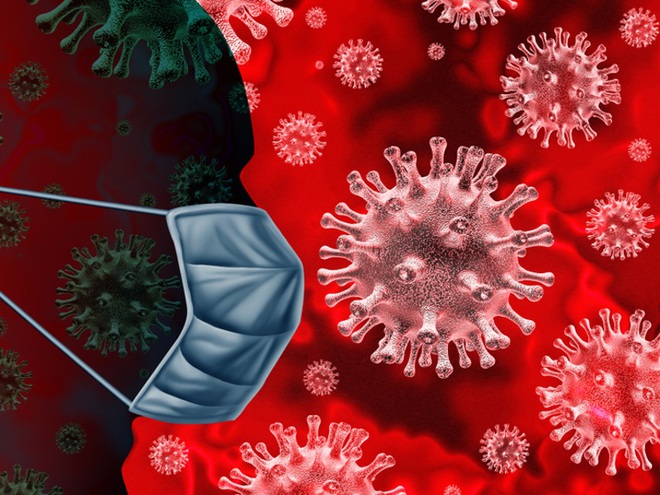Scientists have finally figured out what makes coronavirus dangerous
- Tram Ho
When a pathogen enters a human body, it triggers local alarm points to signal the immune system to act and destroy unidentified entities. This is true whether it is viruses, bacteria or other microorganisms. The same thing happens with the new coronavirus. Some immune reactions in some people are better and more effective than others, and that is why some people experience milder versions of the disease and some have no symptoms at all.
But there are also immune systems that will react more slowly, so the virus will multiply easily inside the lungs and cause all life-threatening complications. After that, there is always an overreaction from the immune system that causes more harm than good, and can also lead to death. Doctors are still trying to figure out why all of this is happening and how to combat it.
And recently, researchers from the University of Texas Health Science Center in San Antonio have discovered what could be considered an important factor in the behavior of SARS-CoV-2. As it turns out, this virus has a way of disguising itself once in a cell to avoid being detected. That doesn’t always happen, but it could explain why the new virus is so dangerous and why some patients have a harder time getting rid of it.

The researchers published their work in the journal Nature , explaining that disguise techniques allow the virus to escape immediate defense responses.
Specifically, they identified an enzyme called nsp16 that the virus created and then used to modify its RNA caps. When the virus binds to cells, it uses its RNA to guide those cells to make thousands of viral copies. Cells are destroyed during this process and new copies can infect other cells. The immune system will block some of them and will also destroy the infected cells. The battle takes place at the cellular level and this is an important process that affects the patient’s recovery.
“This is a disguise,” the lead author of the report, Dr. Yogesh Gupta, said of the mechanism. “Because the modifications trick the cell, the viral RNA result is considered to be part of the cell’s own code, not from the outside.”
This finding may have implications for future antiviral drug development. New drugs can rely on that to target the nsp16 enzyme and prevent it from making any changes. Therefore, the immune system will recognize the virus faster and start fighting it earlier. And these drugs can speed up the recovery of patients.
A study in mid-May looked at how the new coronavirus suppresses interferon activity (a group of natural proteins produced by immune system cells in most animals against foreign agents. hybrid) when infected cells. This process allows coronaviruses to continue replication unimpeded by a rapid local immune response. Nearly two months later, another team of researchers said a coronavirus treatment involving a nebulizer could deliver aerosol containing beta interferon directly into the lungs of patients with Covid-19. This is considered an important breakthrough, possibly a game-changing factor in controlling pandemics.
Refer to BGR
Source : Genk
